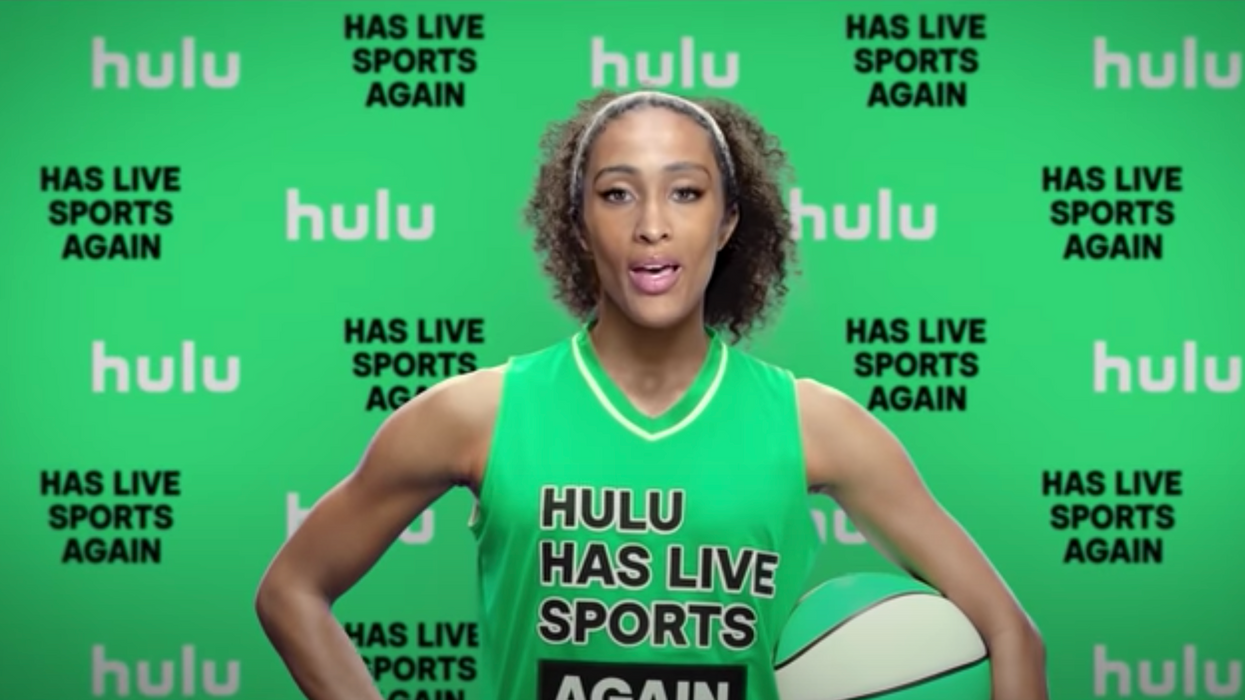Deepfakes Come to Commercials (and Why Filmmakers Should Take Notice)
Hulu's newest ad uses body doubles, Zoom, and deepfakes to put sports celebrities in the spot while they are under lockdown.

The biggest celebrities athletes are currently in lockdown together on a campus in Florida to avoid exposure to COVID-19. Sports fans are excited to be able to watch games again, and, of course, television providers want to tell the audience that sports are back! How do you do that during quarantine?
You could have all the athletes shoot iPhone videos of themselves in their quarantined hotel rooms saying, "We're back, let's go," but that would be, let's be honest, pretty depressing. So Hulu looked to new technology to launch its newest ad spot for the return of live sports, and filmmakers should be paying close attention to how they did it.
Covered in detail by Protocol, the story of how the spot came to be is truly a technical marvel of making things in 2020. Using COIVD protocols, they shot body doubles on a stage in LA doing stereotypical quarantine things, like baking sourdough, painting, and learning a new instrument. Then they used Zoom to record the faces of the athletes from many angles saying both the tagline and going through the vowels. Then they used deepfake tech, the same tech that let Stallone star in Terminator 2, to stitch it together. And it mostly works. Once you know how they did it, you see it, but it's a reasonable assumption that for most of the audience it's unnoticed.
How does this affect you, the filmmaker? Well, there are a few key takeaways to consider.
If you are at all handy with post-production software, now is absolutely the time to master deepfake tech. This is a growth area in the market, and if you want to keep working into the future, being able to apply some deepfake magic is going to be useful to have in your toolbox. Maybe it won't be this elaborate. Maybe it will be as simple as being able to do a pickup scene with a body double after you no longer have the lead actor, but this is absolutely going to be more common, and the better you are at working with it, the more doors will be open to you. If you are a director with post skills, master this as well since it'll change the way you think about shots to capture.
For directors and producers, this changes the whole mindset of how you think about casting your productions. We aren't likely to be at a place where you would cast your whole movie via fakes, but what about a cameo or supporting role? It used to be common in indie film to write a role designed for a Hollywood celebrity to help with marketing (think the Robin Williams role in Good Will Hunting), but shooting always depends on that celebs schedule.
What if you could just license the celebs likeness for that cameo? Obviously, celebs that do this too much will lower their value (and thus not help as much with distribution), but let's say there is a celeb who loves your project and wants to support you, and is picky, but just can't fit you in their schedule? Now they can.
We all absolutely need to start thinking about this technology in all of our releases. If you are agreeing to be in a film, are you okay with them deepfaking some scenes? Would you prefer it for nude scenes, maybe with final approval? How long do they have that permission to keep iterating work? There are a lot of issues to hash out and we aren't yet in a phase where there is a "standard" deepfake release contract.
For now, shooting your movie and adding Nicholas Cage in at the end will only make for great memes—you're too likely to get sued to be able to get a proper marketed release. And we are a far cry for being in a place where deepfakes could deliver an emotionally engaging performance.
This ad is just that—an ad—which isn't going to be as moving as our favorite cinema. Deepfakes aren't going to destroy mainstream narrative cinema yet, but they are going to start being a tool we should all have a basic handle on.
Source: Protocol













